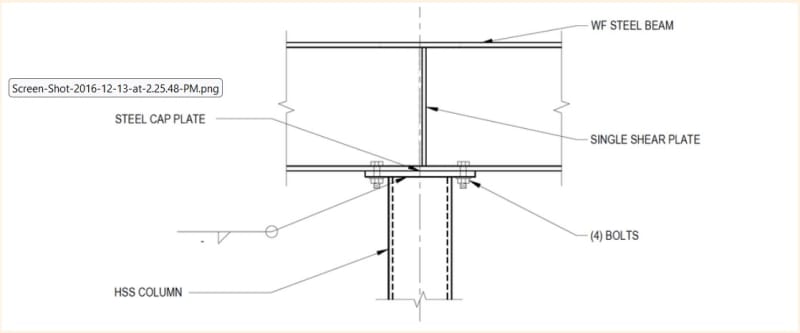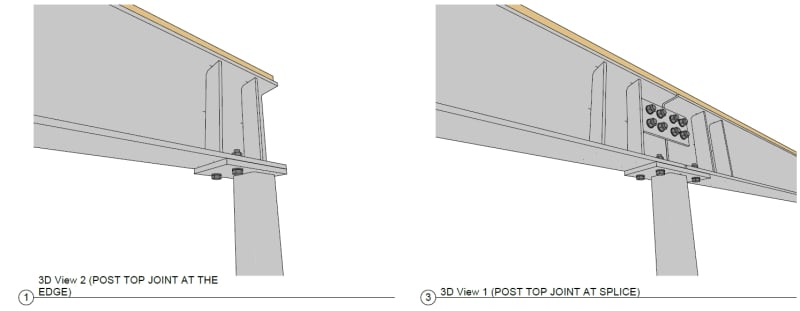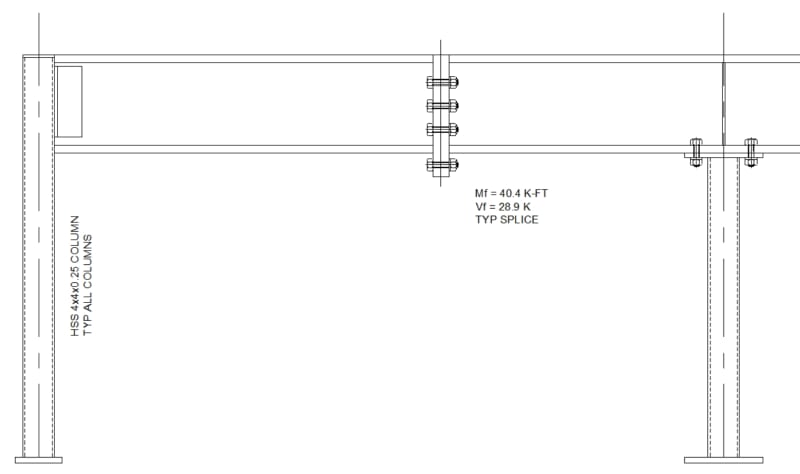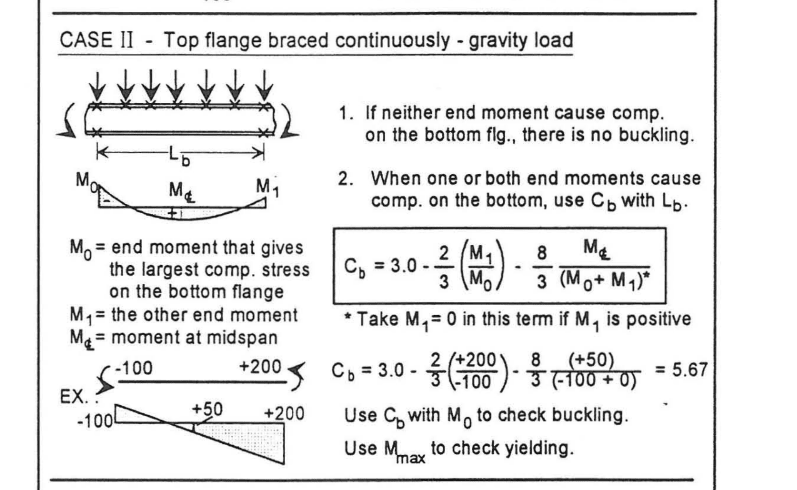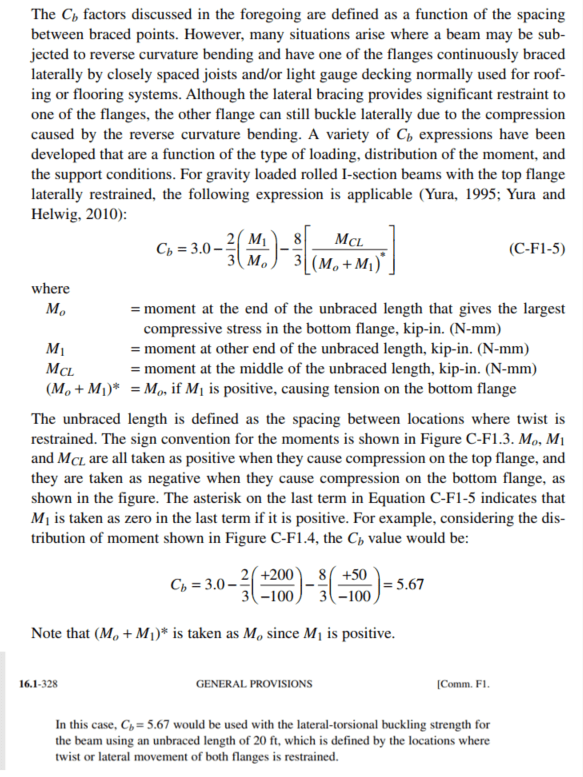I'm getting more and more of these RTU jobs too.
You cannot turn a blind eye to the existing apparent overstress. Either that's a letter to ownership, a letter to the building department or something to disclose the issue.
This sounds a lot like something I read lately, (ignore the interpretation of the code, because in my opinion the guy is totally incorrect on it), but it did have something similar - an extra 10 psf from a ballasted roof (I guess I'll make the leap and presume it actually is ballast, at 10 psf, a lot of engineers call a built-up roof at 5.5 - 6.0 psf to have "ballast" and that's incorrect (e.g. a certain roof inspection manual calls gravel "ballast" constantly), anyway, then they put spray foam over that, may have encapsulated a wet or partially wet roof, and then snow/rain collapsed it. The writer makes some highly incorrect assertions regarding design standards (Steel joist versus AISC), but the underlying elements are common to what you're describing, so it's worth some consideration.
Roof Collapse, Whitley, EDT Engineers web site, Oct 1, 2020.
I don't think you should provide a reinforcing design for this situation as the roof is already failing on paper. Either something has to be done in daylight to reduce the roof dead load globally, or the RTUs should not be placed on the roof. It almost sounds like you've got an existing structural deficiency as well as excessive dead load... which was potentially added after the fact, perhaps not. I suppose if the original roof was designed correctly (very speculative at this point here), it's potentially "okay" as an existing condition, but with the excess 10 psf that seems unlikely.
Or did you reinforce the areas that support the new RTUs to accommodate the existing dead load issue at 27 psf as well as resolve the bracing, and reinforce the steel beams as well, what about the shear splices at the suspended beams? If that's the case, I think you're in a better situation, but it should still be disclosed to the owner/building department that the roof seems to be overstressed due to excess dead load. So long as they keep the scuppers and roof drains clear, there's at least the potential the roof structure will survive until it can be reinforced or the overload removed (I say potentially, because the scupper and roof drains can be undersized, particularly if the rainfall intensity has gone upward since the original design). Also, an older roof may have effectively zero slope which puts it in a more vulnerable situation regarding pooling water which can produce ponding.
I think you'd also want to see a web stiffener at the roof beam where it lands on the column below.

